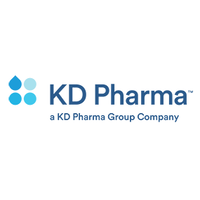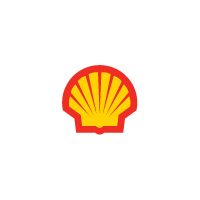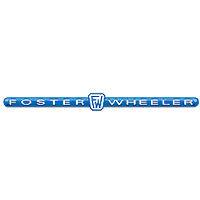We are Blackmonk Engineering.
We work with our customers and their contractors to design and build production processes for the food, pharmaceutical and process industries.
- Do you need help to specify and choose process equipment like pumps, valves and heat exchangers?
- Or size relief valves and bursting discs?
- Or design piping systems?
If you need help with your process engineering contact Blackmonk Engineering.











